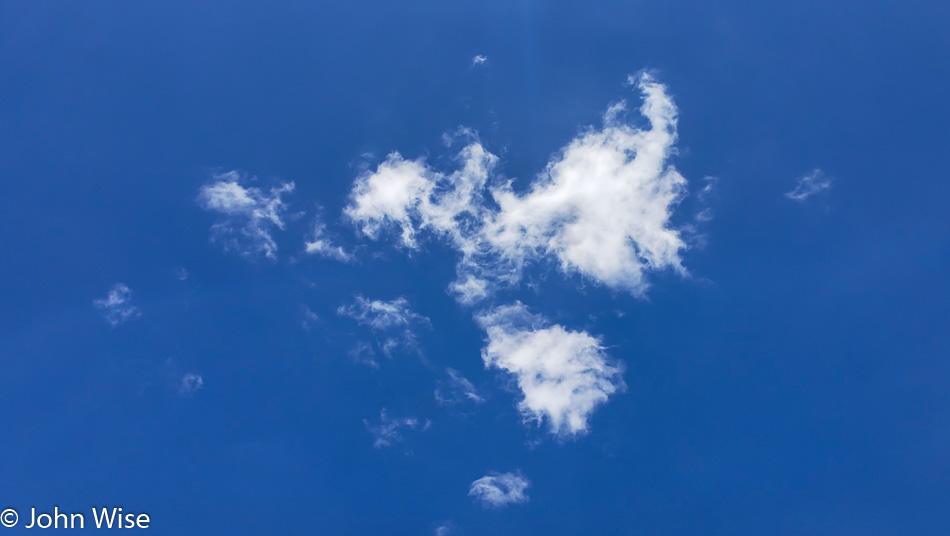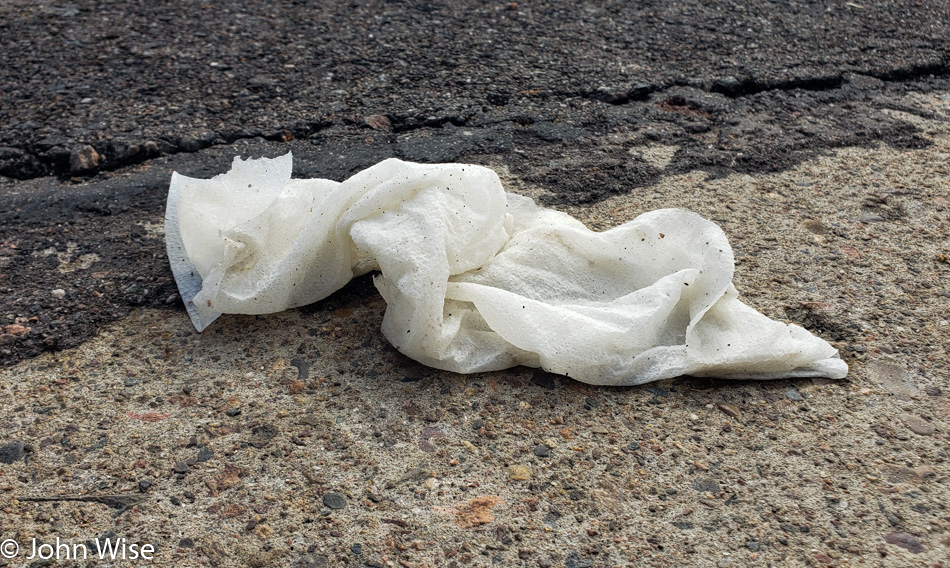
This isn’t a blog post as much as it’s a ramble of thoughts that streamed through my head today.
If more people could work from home, an electric bike, scooter, trike, or Citroën Ami might be adequate for the majority of a person’s life aside from long-distance travel.
Marijuana needs to be made recreationally legal across America right now, so businesses making edibles for the sick have products for anybody in need of pain or stress relief.
These days are starting to feel like I’m on Ecstasy as I want to reach out to everyone I know and make sure they’re okay. Until it turns into a bad acid trip where the green slime monsters of a different dimension start poking at my sense, begging to know what normal is.
Music might make a dramatic shift as the tone turns somber to reflect the grief that is about to enter society.
Movies and TV will have to change focus as reality is altering what’s important. What worked previously as reality TV and escapist movies will need to focus on how to help people heal. Surviving a stupid island challenge or wondering who’s going to marry whom will seem trivial and full of contrivance while people are recovering from losing loved ones.
Will art take on a somber air that brings our senses to the contemplation of things such as sharing, mutual responsibility, and how greed systems stacked a world of abundance in such a way that put billions at risk having to suffer great anguish while the wealthy could afford to isolate in luxury?
If you are ten years old, you’ve lived 520 weeks, 20 years old, 1,040; if you are 40 years old, you’ve already lived 2,080 weeks, and yet people are complaining about giving up 2 to 6 weeks in order to save those who are susceptible to the worst effects of the virus. Even those who survive but require hospitalization might never have a normal life after what is called recovery due to reduced lung capacity. I’m nearly 57 years old and have lived an incredible 2,964 weeks already, so 0.0007% of my life where I need to stay home to contribute to protecting others seems like nothing at all.
I hope we as a society do well during this crisis as the world looks to America for inspiration when we team up and win with our collective spirit, or else China and Russia will be indulging in our cake in the future.
Our leasing office has closed. How do people move during this time? They don’t. They are closing the gym and even the gas barbecues. I guess if someone can claim they got the virus from a community asset, then the owner or management company for the property could be sued.
People are still out on cruises; can they get home soon enough?
Listen to the sky; do you hear airplanes? Listen outside your home, is it quiet?
I find an immediate need to change my routine, starting with how I turn to the news, email, and social media first thing after I wake. My email informs me about the services I use that are closing or changing the way they operate. There’s some relief in social media thanks to a good amount of humor in my feed and useful information that pertains to my hobbies and interests but still has scare stories woven into it all. The news media is desperately trying to carry anything that is not COVID-19 related, but I don’t think some quarterback for a football team should be headline news. So, instead of a quick pass on anxiety-inducing stuff that carries with Caroline and me when we go out on our first walk of the day, we’ll just get going, and the song of the birds can help us greet our new day.
How long till the skies over your city return to blue?
Sadly, I think we’ll see a huge spike in suicide as people turn hopeless in their isolation and loneliness, questioning what the value of waiting to die is. Depression can be exacerbated by too much distancing, and with the news media now telling Americans that their neighbors are stocking up on guns and ammunition, how can people help but think that this is some kind of apocalyptic situation?
The granular obsession with outlier cases of sensationalist news must come to an end. Normal is not the carjacking, mass shooting, or home invasion. Those are tragedies that elevate random, infrequent acts of despair upon victims who must then endure everyone else in society being witness to the violation of their sense of security, happiness, or worse, life itself.
To everybody who’s ramped up or started making content to share with the world, thank you. My hobbies are a constant learning endeavor, so as more of that type of media is created, the more entertainment I have to distract me from scouring sources that trigger my curiosity to follow up on chaos.
I need a media aggregation source that I can subscribe to the types of information I want while bypassing advertisements, but also that uses my subscription fee to pay the producers for what I actually consume. Why is it still so hard to help individuals? Sure, I can subscribe to them on Patreon or back them with their Kickstarter or GoFundMe campaign. I can send them cash via Paypal or Venmo, but these in piecemeal will fatigue my desire to send money to so many individuals if I could have an account for $20 a month where $18 of it was split between individual content creators and not corporate entities then I’d be happy as a clam.
Today is not really Tuesday or a workday; it’s a day where the weather is happening, birds are singing, and people are walking and riding bikes. Strangely enough, it is also the first day that people out on the street are offering greetings as we pass. This is a day to take a deep breath, and look forward to taking another walk and appreciating how wonderful it is to have that opportunity.
Hey America, please stop throwing wet wipe sanitizers and Kleenex out of your car window. I’ve been out in our neighborhood for the past six months with a bucket and grabber picking up trash, but in the past week, I’ve seen an explosion of wet wipes and Kleenex. I guess people don’t want their own trash in their cars. Well, you need to stop because birds pick some of this up to build their nests, and if you’ve thrown something infected out your window, you need to consider what would happen if this virus was transmitted to a bird and then yet another even more virulent strain of this was to infect us. Be polite and stop littering RIGHT NOW.
I dare you to look through my blog. On the right, in my TAG cloud, you can click on Europe, Oregon, or Yellowstone, for example, to peek into my wife and my lives. Look at what our normal was. I don’t know how things will be different on the other side of what we are just now starting to maneuver through as a species, but I’m guessing it might not be the same. Over the last 20 years, we have been focused on finding a balance between the demands of economic participation and the treasure of not taking anything for granted. We’ve been asked many a time how we tolerate staying in a cheap $ 29-a-night motel but I feel that those people put more value on sheets and a shower than on seashells and shorebirds. All of a sudden, I found myself wishing for the ease of returning to our favorite place because it was convenient and easy. For the most part, the places we visit are never very crowded because the shopping or lodging options aren’t what people want on a vacation. The flow of a river, mist illuminated by a glowing sun casting beams into the rainforest, or an old lady tending her cows on a farm on the Great Plains are sights and memories that, for right now, only belong to us and are mostly inaccessible to the majority of humanity as quarantines are spreading.
People too often turn their noses up at the simple things in life. When Caroline and I talk about our culinary adventures with people, they recoil wondering how we could eat such things while they go on, never altering a diet that relies on the same 30 foods from a planet where, up until now, we’ve been sharing an incredible wealth of cultural and culinary riches. To be honest, I should be happy that our favorite places are largely of no real interest to the masses as when we pass through where they go, they leave a trail of trash and a cascade of noise as they effectively pillage a serene environment so it mimics their chaotic home life.
Already starting to work through our dried beans and smoked meats for dinner tonight. I made a crockpot concoction of Kraski Svinjski Vrat, which is a dried and smoked chunk of pork butt popular in the Balkan region, with beans called Grah Krupni Bijeli, which translates to Large White Beans popular in Hungary. I added an onion, a few peppercorns, and two bay leaves, cooked it overnight, and am enjoying it as I write this. So, while we can’t travel right now, we can at least enjoy the flavors of the world around us.
The granola came out of the dehydrator this afternoon after being in the machine for the past two days, and now we are resupplied with over 5 pounds of the homemade stuff.
Our pattern for homemade surgical masks has been decided on and purchased through ProperFit Clothing; it feels nice to support others during these times. Last week, I bought the metal twist ties, elastic band, bias tape, thread, and various tea towels and put an order in for MERV-13 air filters that I’m supposed to retrieve from Home Depot tomorrow. The filters will be chopped up and put into a pocket in the mask with a layer of carbon filter cloth that will let us get seriously close to something over 90% efficiency. The only problem is this pattern calls for a different type of elastic so we’ll have to venture into the outside world beyond our neighborhood; scary. Just kidding about the scary part.
Mission accomplished, but like fools, we dipped into Costco as my obsession with apocalypse tourism is seemingly unquenchable. Seeing we were there, I picked up another bag of Brussels sprouts, as there won’t be anybody hoarding those, and a couple of containers of raspberries. As for the rest of the store, OMFG, we must be within just a few days of rationing as it appears the system is being depleted. As we walked in, we were warned by a sign of what was out of stock, including the following: ground beef and most all other beef, pork, chicken, rice, flour, sugar, bread, dog food, and all the other obvious items I need not list.
It’s apparent that we are entering a quarantine mindset even though we are yet to stay home one entire day as I couldn’t help but feel like we violated something in even entering a store, crowded or not, and lucky for us, the stores weren’t crowded at all. Tomorrow, we’ll once again be out as Caroline has an early appointment at the dentist to get a permanent crown fitted; such is the life of self-isolation when you live in a city that hasn’t forced the issue yet.
Went walking for 17,851 steps or 8.3 miles (13.4km), which today worked out to a healthy 140 active minutes. Finally, time for some chilling out to the soothing therapy offered by watching Baumgartner Restoration work on conserving the seascape painting by Henry Ranger titled Blue Skies Smilin’ At Me.





